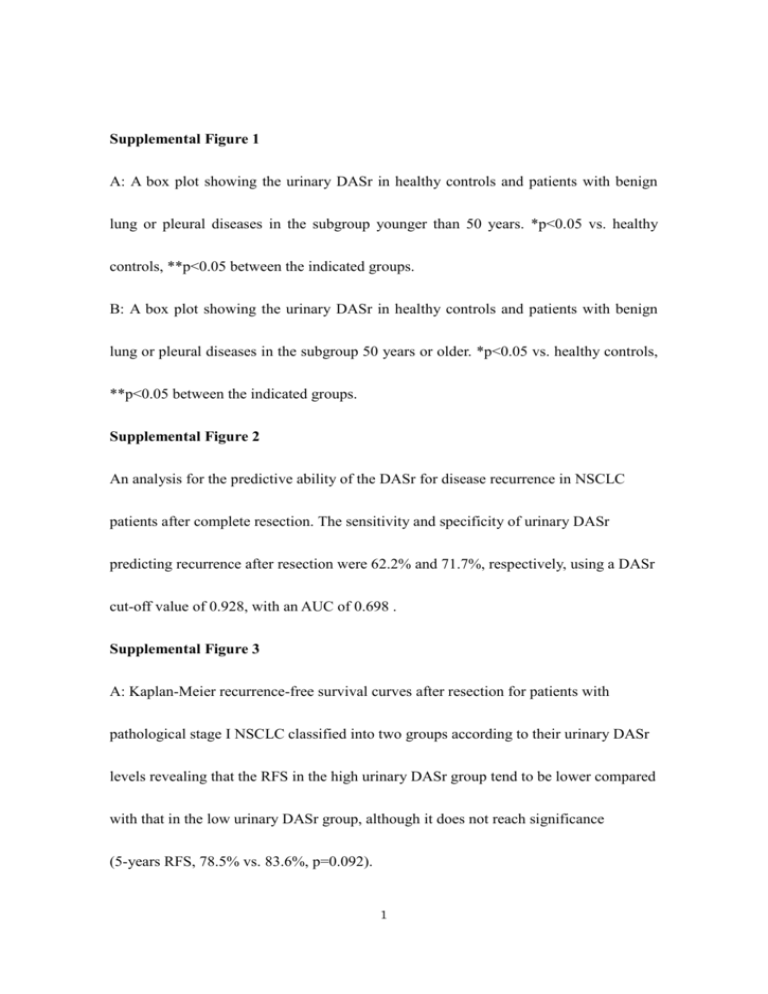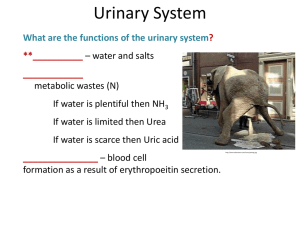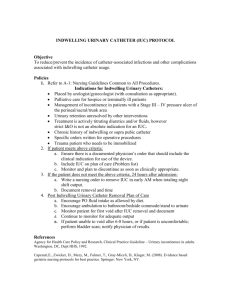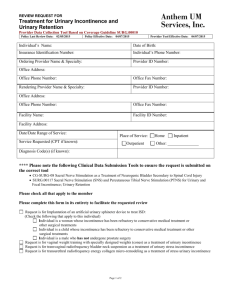Supplementary Figure Legends (doc 34K)
advertisement

Supplemental Figure 1 A: A box plot showing the urinary DASr in healthy controls and patients with benign lung or pleural diseases in the subgroup younger than 50 years. *p<0.05 vs. healthy controls, **p<0.05 between the indicated groups. B: A box plot showing the urinary DASr in healthy controls and patients with benign lung or pleural diseases in the subgroup 50 years or older. *p<0.05 vs. healthy controls, **p<0.05 between the indicated groups. Supplemental Figure 2 An analysis for the predictive ability of the DASr for disease recurrence in NSCLC patients after complete resection. The sensitivity and specificity of urinary DASr predicting recurrence after resection were 62.2% and 71.7%, respectively, using a DASr cut-off value of 0.928, with an AUC of 0.698 . Supplemental Figure 3 A: Kaplan-Meier recurrence-free survival curves after resection for patients with pathological stage I NSCLC classified into two groups according to their urinary DASr levels revealing that the RFS in the high urinary DASr group tend to be lower compared with that in the low urinary DASr group, although it does not reach significance (5-years RFS, 78.5% vs. 83.6%, p=0.092). 1 B: Kaplan-Meier overall survival curves after resection for patients with pathological stage II or III NSCLC classified into two groups according to their urinary DASr levels, revealing that the RFS in the high urinary DASr group is significantly lower compared with that in the low urinary DASr group (5-years RFS, 35.0% vs. 57.8%, p=0.040). Supplemental Figure 4 Kaplan-Meier RFS curves for patients with resected NSCLC classified into two groups according to their urinary DASr levels within 1.5 years, revealing that the RFS in the high urinary DASr group is significantly lower compared with that in the low urinary DASr group (1.5-years RFS, 65.5% vs. 94.0%, p<0.001). 2









